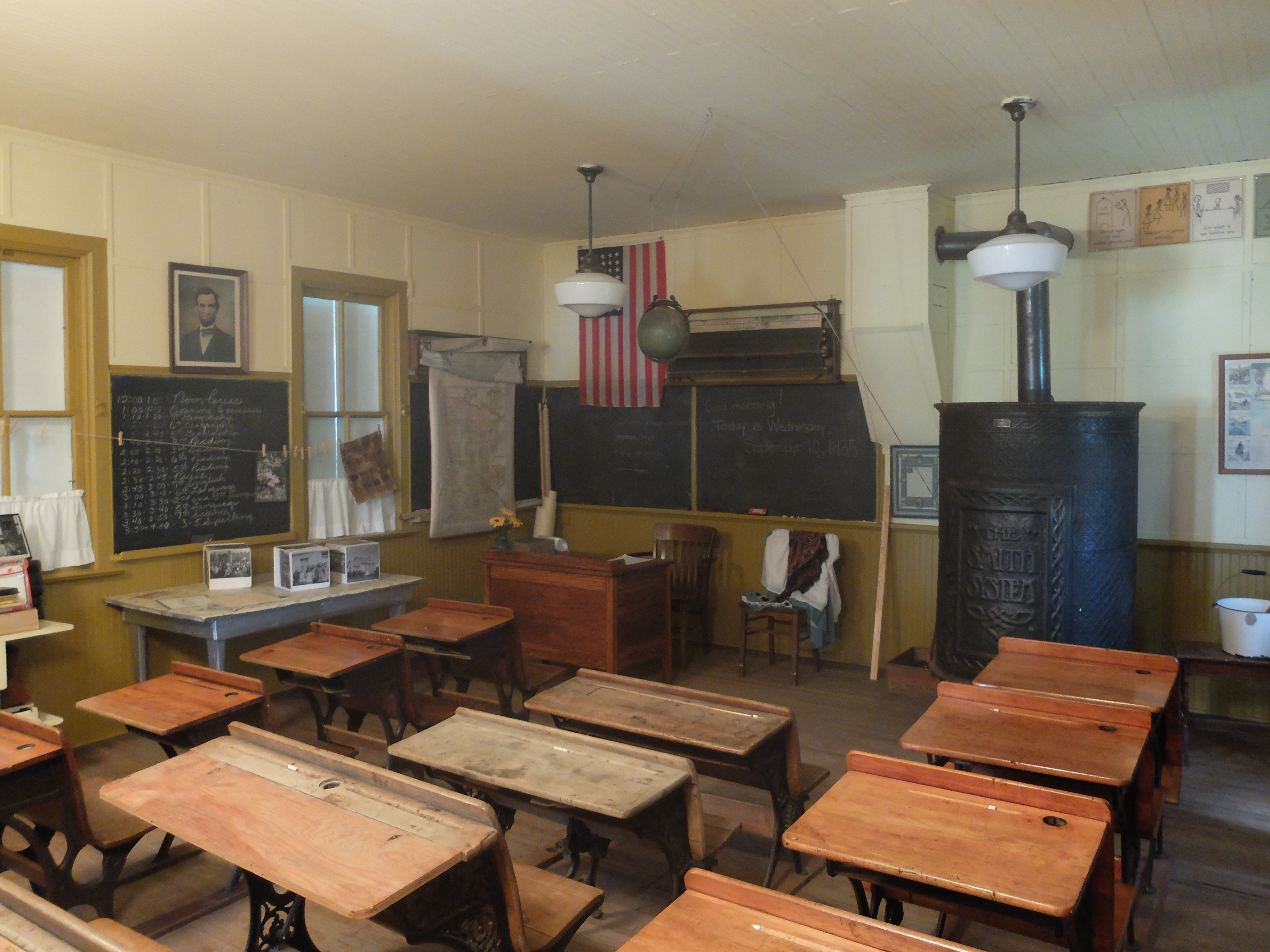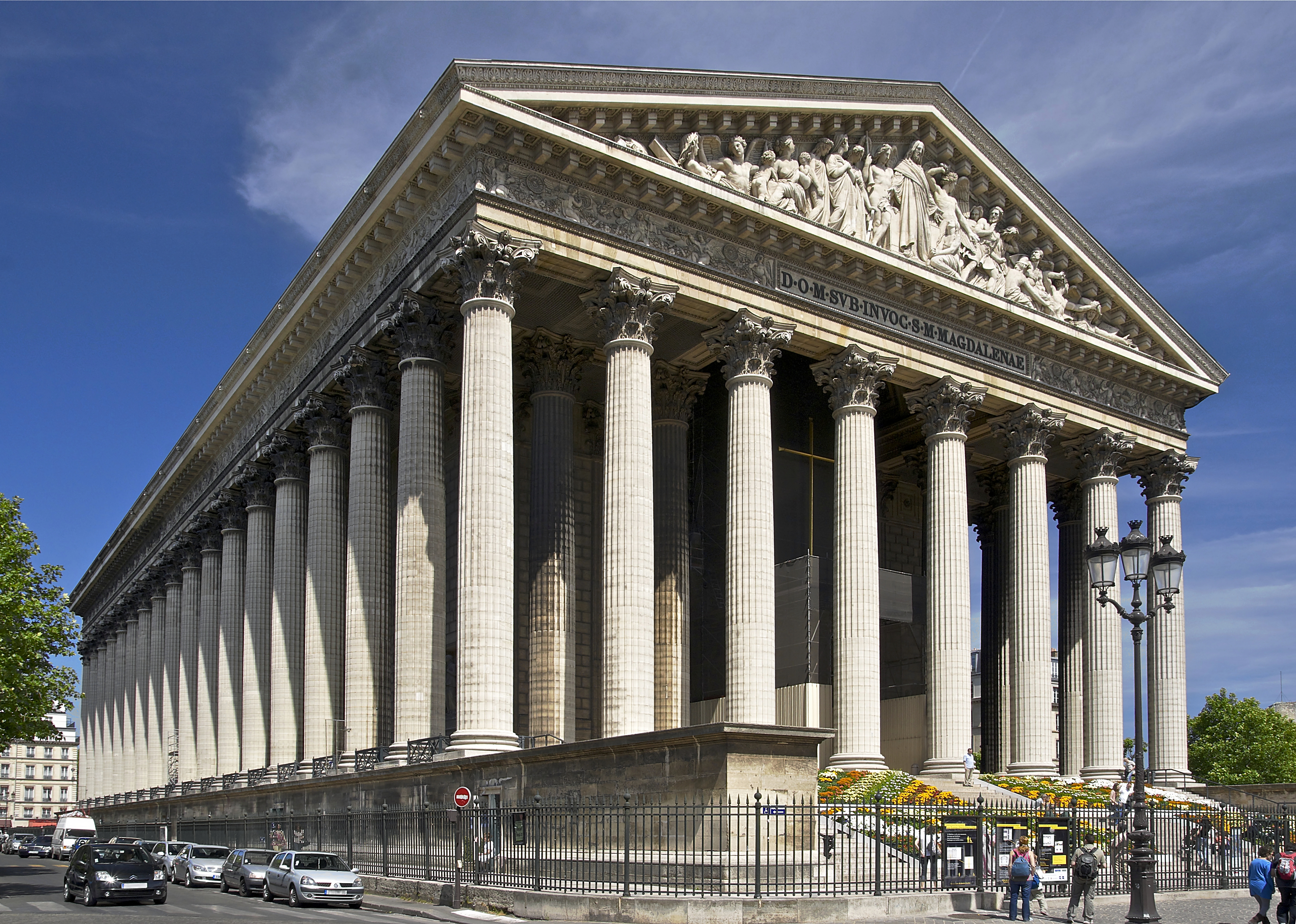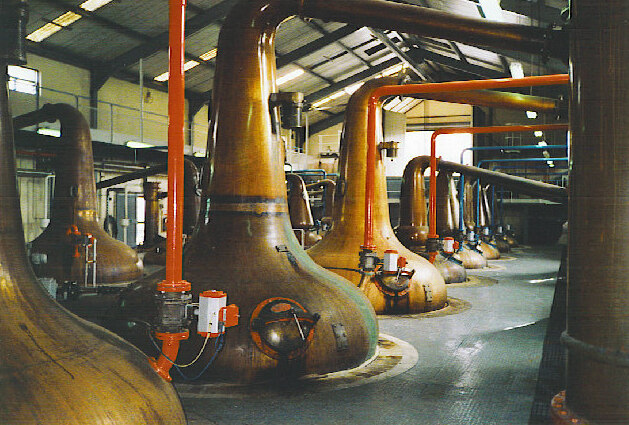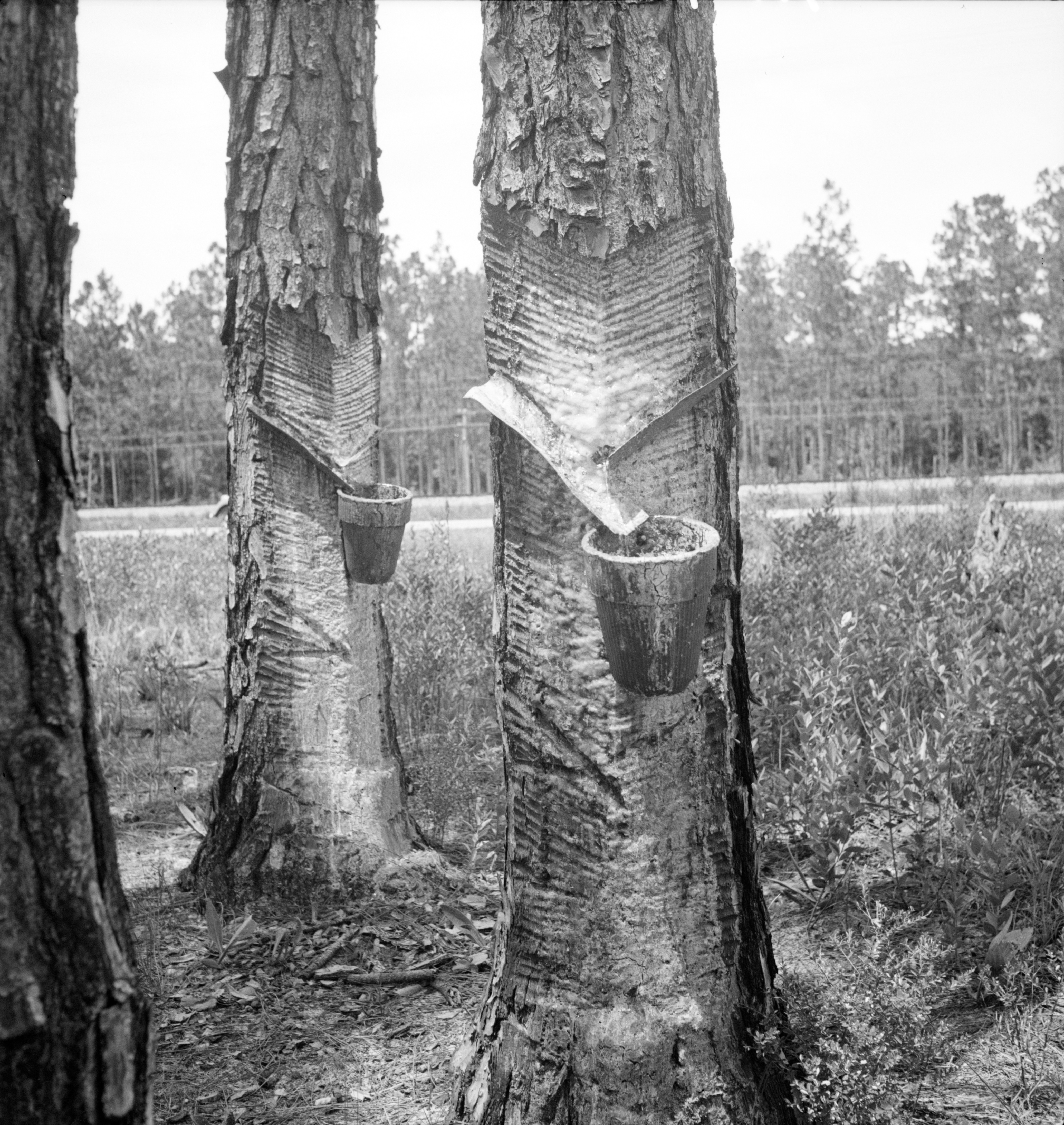|
Manatee Village Historical Park
Manatee Village Historical Park is an open-air museum located in Bradenton, Florida, at 1404 Manatee Avenue East. The museum is designated as a National Historic Site. Overview Manatee Village Historical Park preserves the pioneer heritage of Manatee County's founding period of 1840-1918. The historical park contains 14 preserved and replica structures representative of the founding period, including the 1903 Wiggins General Store, the Fogarty Boatworks, the 1912 Stephens House, a smokehouse, a sugar cane mill, a barn, the 1887 Methodist church, the 1908 schoolhouse, the 1860 courthouse, a Cow Hunter's bunkhouse, and a steam engine. Museum visitors can also tour the nearby 1850 Manatee burying grounds. Admission is free. History In 1974, a group of women formed the Heritage of Manatee’s Environment Committee after hearing of plans to tear down two historic buildings, the 1887 Methodist church and 1860 courthouse. The Committee worked with county officials to reestablish ... [...More Info...] [...Related Items...] OR: [Wikipedia] [Google] [Baidu] |
Open-air Museum
An open-air museum (or open air museum) is a museum that exhibits collections of buildings and artifacts out-of-doors. It is also frequently known as a museum of buildings or a folk museum. Definition Open air is “the unconfined atmosphere…outside buildings...” In the loosest sense, an open-air museum is any institution that includes one or more buildings in its collections, including farm museums, historic house museums, and archaeological open-air museums. Mostly, 'open-air museum is applied to a museum that specializes in the collection and re-erection of multiple old buildings at large outdoor sites, usually in settings of recreated landscapes of the past, and often include living history. They may, therefore, be described as building museums. European open-air museums tended to be sited originally in regions where wooden architecture prevailed, as wooden structures may be translocated without substantial loss of authenticity. Common to all open-air museums, includ ... [...More Info...] [...Related Items...] OR: [Wikipedia] [Google] [Baidu] |
Courthouse
A courthouse or court house is a building that is home to a local court of law and often the regional county government as well, although this is not the case in some larger cities. The term is common in North America. In most other English-speaking countries, buildings which house courts of law are simply called "courts" or "court buildings". In most of continental Europe and former non-English-speaking European colonies, the equivalent term is a palace of justice (French: ''palais de justice'', Italian: ''palazzo di giustizia'', Portuguese: ''palácio da justiça''). United States In most counties in the United States, the local trial courts conduct their business in a centrally located courthouse. The courthouse may also house other county government offices, or the courthouse may consist of a designated part of a wider county government building or complex. The courthouse is usually located in the county seat, although large metropolitan counties may have satell ... [...More Info...] [...Related Items...] OR: [Wikipedia] [Google] [Baidu] |
National History Day
National History Day is a non-profit organization based in College Park, Maryland that operates an annual project-based contest for students in grades 6-12. It has affiliates in all fifty states, Washington, D.C., Puerto Rico, Guam, American Samoa, South Korea, China, South Asia, and Central America. It started as a local program in Cleveland, Ohio, headed by Dr. David Van Tassel, a history professor at Case Western Reserve University. It grew from 129 students in 1974 to over 500,000 students in 48 states in 1991, and 700,000 students and 40,000 teachers in 2001. Today more than half a million students enter through local contests. They construct entries as an individual or a group in one of five categories: Documentary, Exhibit, Paper, Performance or Website. Students then compete in a series of regional contests with top entries advancing to state/affiliate contests. The top two entries in each category and division are invited to compete at the National Contest. History Natio ... [...More Info...] [...Related Items...] OR: [Wikipedia] [Google] [Baidu] |
One-room School
One-room schools, or schoolhouses, were commonplace throughout rural portions of various countries, including Prussia, Norway, Sweden, the United States, Canada, Australia, New Zealand, the United Kingdom, Ireland, and Spain. In most rural and small town schools, all of the students met in a single room. There, a single teacher taught academic basics to several grade levels of elementary-age children. While in many areas one-room schools are no longer used, some remain in developing nations and rural or remote areas. In the United States, the concept of a "little red schoolhouse" is a stirring one, and historic one-room schoolhouses have widely been preserved and are celebrated as symbols of frontier values and of local and national development. When necessary, the schools were enlarged or replaced with two-room schools. More than 200 are listed on the U.S. National Register of Historic Places. In Norway, by contrast, one-room schools were viewed more as impositions upon con ... [...More Info...] [...Related Items...] OR: [Wikipedia] [Google] [Baidu] |
Gazebo
A gazebo is a pavilion structure, sometimes octagonal or turret-shaped, often built in a park, garden or spacious public area. Some are used on occasions as bandstands. Etymology The etymology given by Oxford Dictionaries is "Mid 18th century: perhaps humorously from gaze, in imitation of Latin future tenses ending in -ebo: compare with lavabo." L. L. Bacon put forward a derivation from '' Casbah'', a Muslim quarter around the citadel in Algiers.Bacon, Leonard Lee. "Gazebos and Alambras", ''American Notes and Queries'' 8:6 (1970): 87–87 W. Sayers proposed Hispano-Arabic ''qushaybah'', in a poem by Cordoban poet Ibn Quzman (d. 1160).William Sayers, ''Eastern prospects: Kiosks, belvederes, gazebos''. Neophilologus 87: 299–305, 200/ref> The word ''gazebo'' appears in a mid-18th century English book by the architects John and William Halfpenny: ''Rural Architecture in the Chinese Taste''. There Plate 55, "Elevation of a Chinese Gazebo", shows "a Chinese Tower or Ga ... [...More Info...] [...Related Items...] OR: [Wikipedia] [Google] [Baidu] |
Church (building)
A church, church building or church house is a building used for Christian worship services and other Christian religious activities. The earliest identified Christian church is a house church founded between 233 and 256. From the 11th through the 14th centuries, there was a wave of church construction in Western Europe. Sometimes, the word ''church'' is used by analogy for the buildings of other religions. ''Church'' is also used to describe the Christian religious community as a whole, or a body or an assembly of Christian believers around the world. In traditional Christian architecture, the plan view of a church often forms a Christian cross; the center aisle and seating representing the vertical beam with the bema and altar forming the horizontal. Towers or domes may inspire contemplation of the heavens. Modern churches have a variety of architectural styles and layouts. Some buildings designed for other purposes have been converted to churches, while many ori ... [...More Info...] [...Related Items...] OR: [Wikipedia] [Google] [Baidu] |
Outhouse
An outhouse is a small structure, separate from a main building, which covers a toilet. This is typically either a pit latrine or a bucket toilet, but other forms of dry (non-flushing) toilets may be encountered. The term may also be used to denote the toilet itself, not just the structure. Outhouses were in use in cities of developed countries (e.g. Australia) well into the second half of the twentieth century. They are still common in rural areas and also in cities of developing countries. Outhouses that are covering pit latrines in densely populated areas can cause groundwater pollution. Increasingly, "outhouse" is used for a structure outside the main living property that is more permanent in build quality than a shed. In some localities and varieties of English, particularly outside North America, the term "outhouse" refers ''not'' to a toilet, but to outbuildings in a general sense: sheds, barns, workshops, etc. Design aspects Common features Outhouses vary ... [...More Info...] [...Related Items...] OR: [Wikipedia] [Google] [Baidu] |
Cracker Gothic
Cracker Gothic is a style of historical homes in Florida that are otherwise considered under the Florida cracker architecture style.Photograph and description. Manatee County Public Library Historic Photograph Collection. Source: University of South Florida Tampa Library: M01-08706-"Cracker Gothic style of settler's house."/ref> Cracker Gothic comes from Florida cracker and Gothic Revival architecture and can be used interchangeably with Southern Gothic Southern Gothic is an artistic subgenre of fiction, country music, film and television that are heavily influenced by Gothic elements and the American South. Common themes of Southern Gothic include storytelling of deeply flawed, disturbing o .... Architectural Definition Theatrical Definition References {{Architecture in the United States Florida cracker culture Gothic Revival architecture in Florida ... [...More Info...] [...Related Items...] OR: [Wikipedia] [Google] [Baidu] |
Settler
A settler is a person who has migrated to an area and established a permanent residence there, often to colonize the area. A settler who migrates to an area previously uninhabited or sparsely inhabited may be described as a pioneer. Settlers are generally from a sedentary culture, as opposed to nomadic peoples who may move settlements seasonally, within traditional territories. Settlement sometimes relies on dispossession of already established populations within the contested area, and can be a very violent process. Sometimes settlers are backed by governments or large countries. Settlements can prevent native people from continuing their work. Historical usage One can witness how settlers very often occupied land previously residents to long-established peoples, designated as Indigenous (also called "natives", "Aborigines" or, in the Americas, "Indians"). The process by which Indigenous territories are settled by foreign peoples is usually called settler colonial ... [...More Info...] [...Related Items...] OR: [Wikipedia] [Google] [Baidu] |
Still
A still is an apparatus used to distill liquid mixtures by heating to selectively boil and then cooling to condense the vapor. A still uses the same concepts as a basic distillation apparatus, but on a much larger scale. Stills have been used to produce perfume and medicine, water for injection (WFI) for pharmaceutical use, generally to separate and purify different chemicals, and to produce distilled beverages containing ethanol. Application Since ethanol boils at a much lower temperature than water, simple distillation can separate ethanol from water by applying heat to the mixture. Historically, a copper vessel was used for this purpose, since copper removes undesirable sulfur-based compounds from the alcohol. However, many modern stills are made of stainless steel pipes with copper linings to prevent erosion of the entire vessel and lower copper levels in the waste product (which in large distilleries is processed to become animal feed). Copper is the prefer ... [...More Info...] [...Related Items...] OR: [Wikipedia] [Google] [Baidu] |
Turpentine
Turpentine (which is also called spirit of turpentine, oil of turpentine, terebenthene, terebinthine and (colloquially) turps) is a fluid obtained by the distillation of resin harvested from living trees, mainly pines. Mainly used as a specialized solvent, it is also a source of material for organic syntheses. Turpentine is composed of terpenes, primarily the monoterpenes alpha- and beta-pinene, with lesser amounts of carene, camphene, dipentene, and terpinolene.Kent, James A. ''Riegel's Handbook of Industrial Chemistry'' (Eighth Edition) Van Nostrand Reinhold Company (1983) p.569 Mineral turpentine or other petroleum distillates are used to replace turpentine – although the constituent chemicals are very different. Etymology The word ''turpentine'' derives (via French and Latin), from the Greek word τερεβινθίνη ''terebinthine'', in turn the feminine form (to conform to the feminine gender of the Greek word, which means "resin") of an adjective (τερ ... [...More Info...] [...Related Items...] OR: [Wikipedia] [Google] [Baidu] |
Blacksmith
A blacksmith is a metalsmith who creates objects primarily from wrought iron or steel, but sometimes from #Other metals, other metals, by forging the metal, using tools to hammer, bend, and cut (cf. tinsmith). Blacksmiths produce objects such as gates, grilles, railings, light fixtures, furniture, sculpture, tools, agricultural implements, decorative and religious items, cooking utensils, and weapons. There was an historical distinction between the heavy work of the blacksmith and the more delicate operation of a whitesmith, who usually worked in Goldsmith, gold, Silversmith, silver, pewter, or the finishing steps of fine steel. The place where a blacksmith works is called variously a smithy, a forge or a blacksmith's shop. While there are many people who work with metal such as farriers, wheelwrights, and Armourer, armorers, in former times the blacksmith had a general knowledge of how to make and repair many things, from the most complex of weapons and armor to simple things ... [...More Info...] [...Related Items...] OR: [Wikipedia] [Google] [Baidu] |










